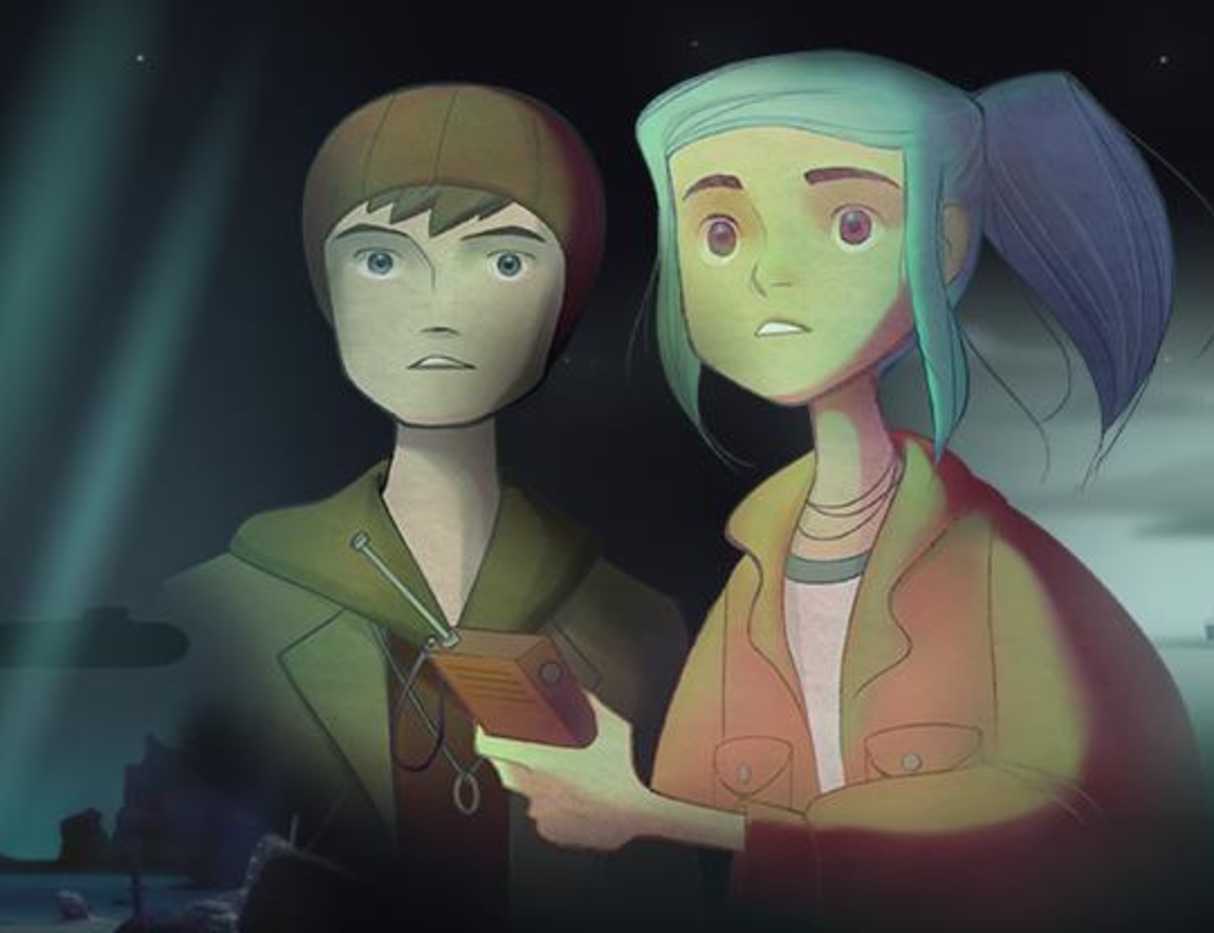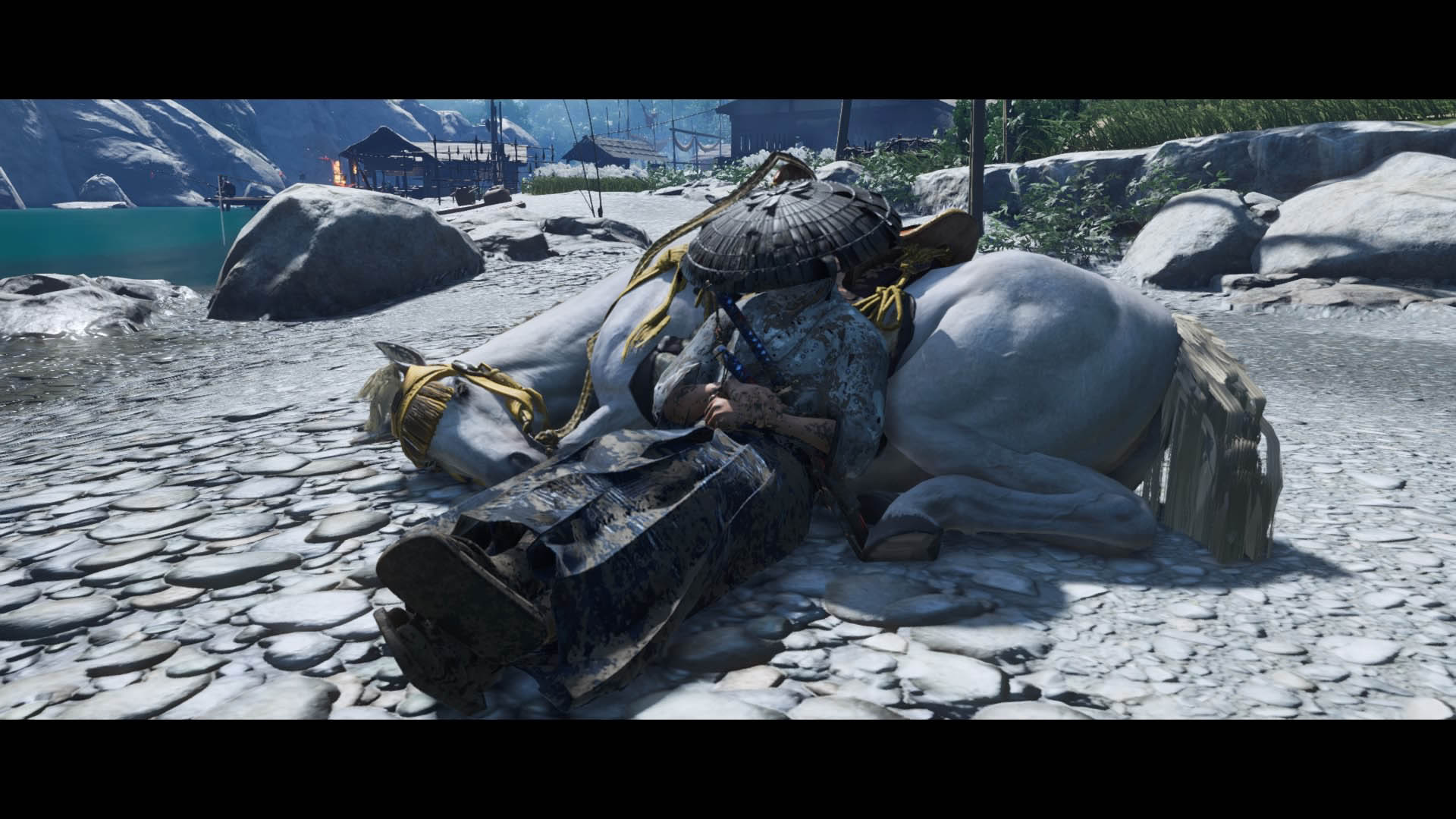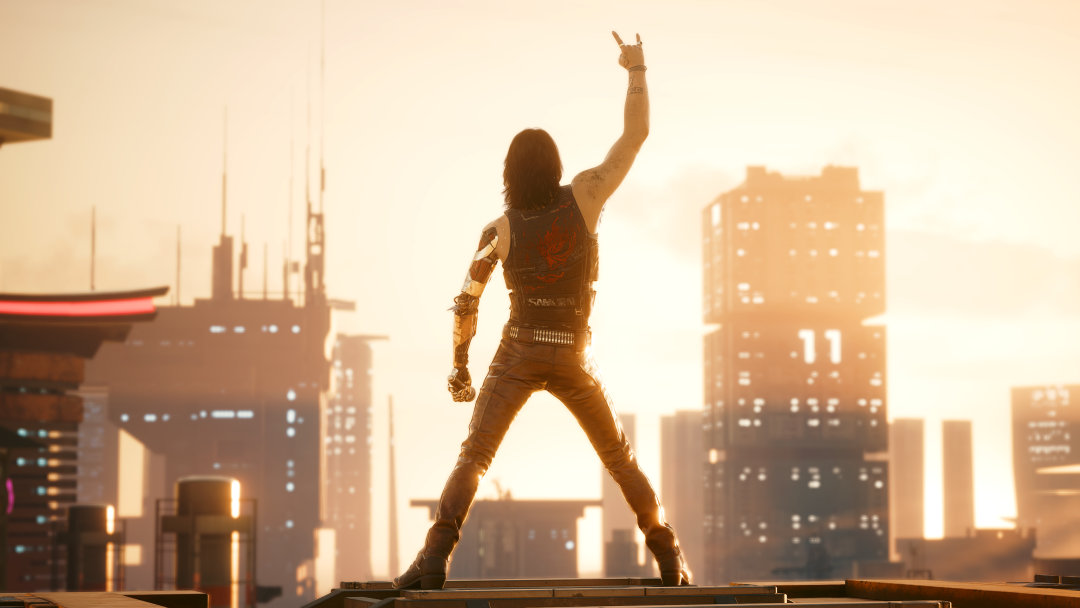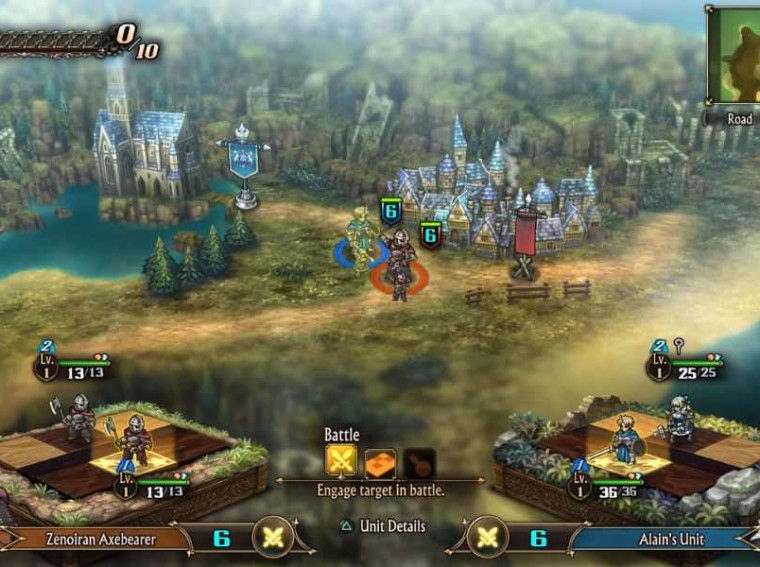Horror Games and Bad Design
Like its distant film cousin, there is a lot of leeway that’s been given to horror games the same way most anime enthusiasts put up with the waifu and harem BS in JRPGs. Low budget horror-comedies like Peter Jackson’s Bad Taste and Sam Raimi’s The Evil Dead have a massive cult following although for the mainstream viewer, these films probably won’t cut it. In the same way, I still hold on to old school Resident Evil’s controls and the buggy mechanics of The Sinking City because of its adherence to the Lovecraftian genre.
My take on all this is as long as the gameplay bugs and bad controls aren’t too distracting and even add a particular charm, then the game could be forgiven.
I’m a big fan of Deadly Premonition. It has this sardonic, tongue-in-cheek Twin Peaks vibe with some survival horror elements tucked in for good measure. Combat and driving aren’t its strong points, but the detective work and charm really wins me over. The same reasoning falls into The Sinking City’s current fanbase, who forgive many of its flaws to a fault. In a way, the game’s controls driving me crazy adds to the insanity that its Lovecraftian themes seem to impart.
You say toh-may-toe, I say toh-mah-toe
Games with bad design tests personal tastes and gamer thresholds. I’m a narrative driven gamer, hence I would take a walking simulator or a visual novel over a Souls game any day of the week. I replayed Oxenfree fifteen times just to see every permutation and dialogue combinations because the thematic unity of the game spoke to me. I’ve scoured through the original season of Telltale’s The Walking Dead because I loved Lee and Clementine’s characters even if Walking Dead continued to be a buggy mess. I’m willing to put up with it to go through Lee and Clementine’s scenes continually. My experience with The Sinking City forgives its unforgiving combat mechanic while another reviewer will call out its overall incomplete design.

One thing I can probably be objective about is where the gimmick ends and the game begins. The game can carry an intrinsic charm throughout, but how long could they sustain it before the game’s novelty wanes and we’re left with a jumbled mess? The shorter a horror game’s play length would benefit it entirely. I feel that Alien Isolation falls short with this one. While for the first five hours, the tense hide-and-seek can really work for the game but once you pass the eight-hour mark, that gimmick ends and I wasn’t motivated to play the game anymore. While Oxenfree’s playthroughs last between two to five hours, giving it enough for the player to get through the game and then once it’s done, it gives the player the option to continue the other permutations and dialogue combinations.
Resident Evil 2 is a good example of short bursts of playthroughs while the repetition of the campaigns only adds to its replay value. A playthrough would run between five to seven hours and then progressively get shorter once you memorize the pathways, giving the gamer enough time to experience the survival horror aspect and then go with speed runs and kill runs at their own pace. For narrative gamers like myself, we will push through the narrative until all the story points have been exhausted by its fourteenth to twentieth hour. For gamers who prefer performance, they would be more interested in conquering a game’s challenges. While the novelty of its nostalgia trip ends, we are left with a game that either has a good story or good gameplay.
Horror Games That Possibly Deserve A Second Chance
About twenty hours into The Sinking City, I’m strangely enamored by this game. Don’t get me wrong, after going through a binge marathon of Naughty Dog games made in the last decade – Uncharted 3, Uncharted 4, The Last of Us, and The Last of Us Part 2 – why am I giving it the same love and care and in fact enjoying this game a lot more than any Naughty Dog game? The combat system is frustrating, aiming is tough, and healing is also another matter. Sound design is all over the place, mixing up mood sounds and combat noises putting you on edge for no reason at all. Level design is copy-pasted, so most “dungeons” are recycled from the five we’ve grown accustomed to.
At first glance, it feels like shovelware created for trophy bait, and a former trophy hunter like myself will jump at it from the get go. Yet twenty hours in and I’m prioritizing this game over Dying Light. My recent deep dive into cosmic horror would be suspect, but I feel that the building blocks of this game has been set in place. It’s not polished by any means, and it’s not a game I’d recommend to most people, but any cosmic horror fan can find some love in this.
I would not pay more than $20 for this game for good reason, and I opted not to buy the DLC even if I wanted to continue scouring Oakmont for more eldritch artifacts and further delve into its maddening world. In fact, I would not recommend paying full price for any of the games I’m willing to tolerate and forgive for poor game design. However, if it comes on sale and you’re a big horror fan, it’s something to jump into.
The Sinking City
For the mess that this game is, it’s not love at first sight that pushed me to keep to playing this game, but it’s the learning how to play this game because I wanted to unearth the mystery that’s been imparted. The game is asking you to trust it, blemishes and all (and there are a lot of it), and for that it delivers on a darkly entertaining mystery game equipped with RPG elements and enough creepy crawlies found in Lovecraftian board games such as Betrayal At House On The Hill or Arkham Horror without gathering 3 to 5 like-minded people on Discord to play such a game.
Getting into the game is surprisingly easy and what really drew me in is the mystery solving elements of the game. When investigating clues and crimes, I enjoyed the Mind’s Eye mechanic as well as the deductive element of The Mind Palace. Questlines aren’t displayed on the map right away and you would have to research in-game, look for clues to look for the next step. It’s a breath of fresh air compared to games like Assassin’s Creed who handhold you to go to the next step and bombard your map with endless things to do. This game is short enough and keeps the to-do list light. If you want more things to do, the side quests are there to complete, but it’s not triggering your anxiety to do it.
The mood and the lore are finally what keeps you going for the long run. I feel that the huge games like Assassin’s Creed who keep dumping more side quests and extra stuff in the map can learn a thing or two from this game. The Sinking City knows when they’ve outstayed their welcome, it just gives you enough to enjoy and hopefully your experience wasn’t too excruciating to entice for a better made sequel.
Deadly Premonition
Ten years ago, I found this game for $5 at a bargain bin for the Xbox 360 and added it to my achievement pile. Funny enough, if it wasn’t for my trophy hunting hobby, I would’ve skipped many games that aren’t AAA, but Deadly Premonition is one of those games that has that Shenmue/Yakuza charm that I could not explain at the time. The game gives me this Twin Peaks type of vibe with sardonic FBI agent Francis “York” Morgan investigating strange murders in rural America. He has weird quirks such as speaking to his imaginary friend “Zach” (his way of addressing the player), getting overly excited about the mundane, while its otherworldly horror setting does not faze him. The game has an open world feel, uncommon for a survival horror.
Combat elements are dated, the controls all over the place, and the driving mechanics are so frustrating that it could force any player to rage quit, yet I’ve stuck through the game that I forgot my actual achievement hunting quest! Years down the line, I was surprised that there was a cult following for this game and a sequel Deadly Premonition 2 came out in July. I picked up Deadly Premonition Origins for the Nintendo Switch and I remembered why I enjoyed the game in the first place. Funny enough, they kept the same mechanics that frustrated me as well, but it’s a nice nostalgic trip. Reviews have noted that Deadly Premonition 2 has some massive framerate issues and questionable creative choices that turn the story from awkward to just reprehensible. I would say to stick to the original for the charm and one can still forgive all its faults.
Vampyr
Given away for free on PSN this month and also a staple of Xbox Live’s XCloud experience, there was a lot of good going for this game. It’s no AAA game by any means, but it has the feel of a well-built RPG. The voice acting, scenarios, and even story points are well made and we’re made to feel welcome in its mood setting of WW1 England going through the Spanish Flu quarantine. While the only gaming issue I have is the auto-save feature making your choice permanent, which is annoying for a second playthrough because you either have to take notes to keep track of all the outcomes. The real frustrating thing with the game is how it’s written behind unstable code that boots you out of the game if you trigger a particular error. At least for the PS4, other than that, I feel that it’s a great game, quite possibly the best one in this list by far.
Saw
I remember this game from my trophy/achievement hunting days and funny enough, I actually played this game before I watched the films. In a way, I was reminded of this game while playing The Sinking City and it has the same elements I enjoyed from playing The Sinking City. The game introduced me to the man behind Jigsaw and how Saw is not all about torture porn as public consensus judged it to be. Maybe because I haven’t seen the films at the time, in a way, what the game does very well was show through every chapter how John Kramer thinks and the psychology behind his traps. While I played for the achievements, it didn’t feel like a chore because of again what the atmosphere and the lore imparted. Just like The Sinking City, the game does have the typical issues found in movie tie-ins with regard to generic level design and uninspired controls. However, the puzzles and the lore kept me going until I unlocked the full 1k gamerscore.
YIIK: The Postmodern RPG
This one is a hard sell, because as much as this game really tried, it really fell short in many of its mechanics and even on its main questline. I’ve been watching out for this game since 2016 ever since I saw it being showcased in SXSW Gaming. When it was going through QA testing, a personal tragedy struck with the creators and the game was delayed until the final product came out in 2019.
The charm and novelty was there for a good five to ten hours of the game until it wore off and we were left with a mess both plotwise and system-wise. I stuck through with it until the end, because as a whole it’s a love letter for the turn based JRPGs of old, Earthbound, old-school Shin Megami Tensei, and even Final Fantasy. Coupled with music composed by Toby Fox (Undertale) et al. and some cosmic horror elements (you’re probably starting to see a pattern here), I was able to pull through from the mess and saw it as a serviceable indie game filled with the love and passion for the genre.
How Much Are You Willing to Pay?
At the end of day, it’s the amount of money you’re willing to invest in the said game. I feel that the real test of the game is will the price point deter you after seeing gameplay videos or even trying out a demo. I paid $30 for Resident Evil 2. I was apprehensive about paying for a remake that only had 14-20 hours of gameplay, yet I didn’t feel ripped off twenty hours later. As I mentioned above, when the novelty ended, it was still fun to go through.
Horror games are usually short. Personally, I’ve waited for a lot of them to drop as a PS Plus free game. I got Until Dawn, Soma, and Outlast 2 for free. Would I have enjoyed it far less if I paid $30 for it like I did Resident Evil 2? If I would’ve paid for some of these games, I’d probably notice the glaring issues in Until Dawn. I didn’t pay much for the original Resident Evil either on PS One, but that was also the only one player game I had during the first few months of owning a PS One. Did I put up with the controls of Resident Evil because I didn’t have many games to play? I for one can confidently say that I liked the puzzles and horror charm that it had amidst the cheesy voice acting and unforgiving combat.
I enjoyed Dying Light, which I paid $15 to play. I paid $20 with The Sinking City and I didn’t feel ripped off, but I refuse to pay a penny more. I remember picking up Deadly Premonition on Xbox 360 for $5 at the bottom of a bargain bin back in 2010 and I enjoyed it.
Thank god for sales and discounts, I get to pay developers to scare myself shitless.




